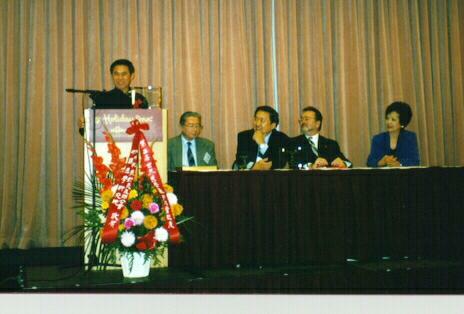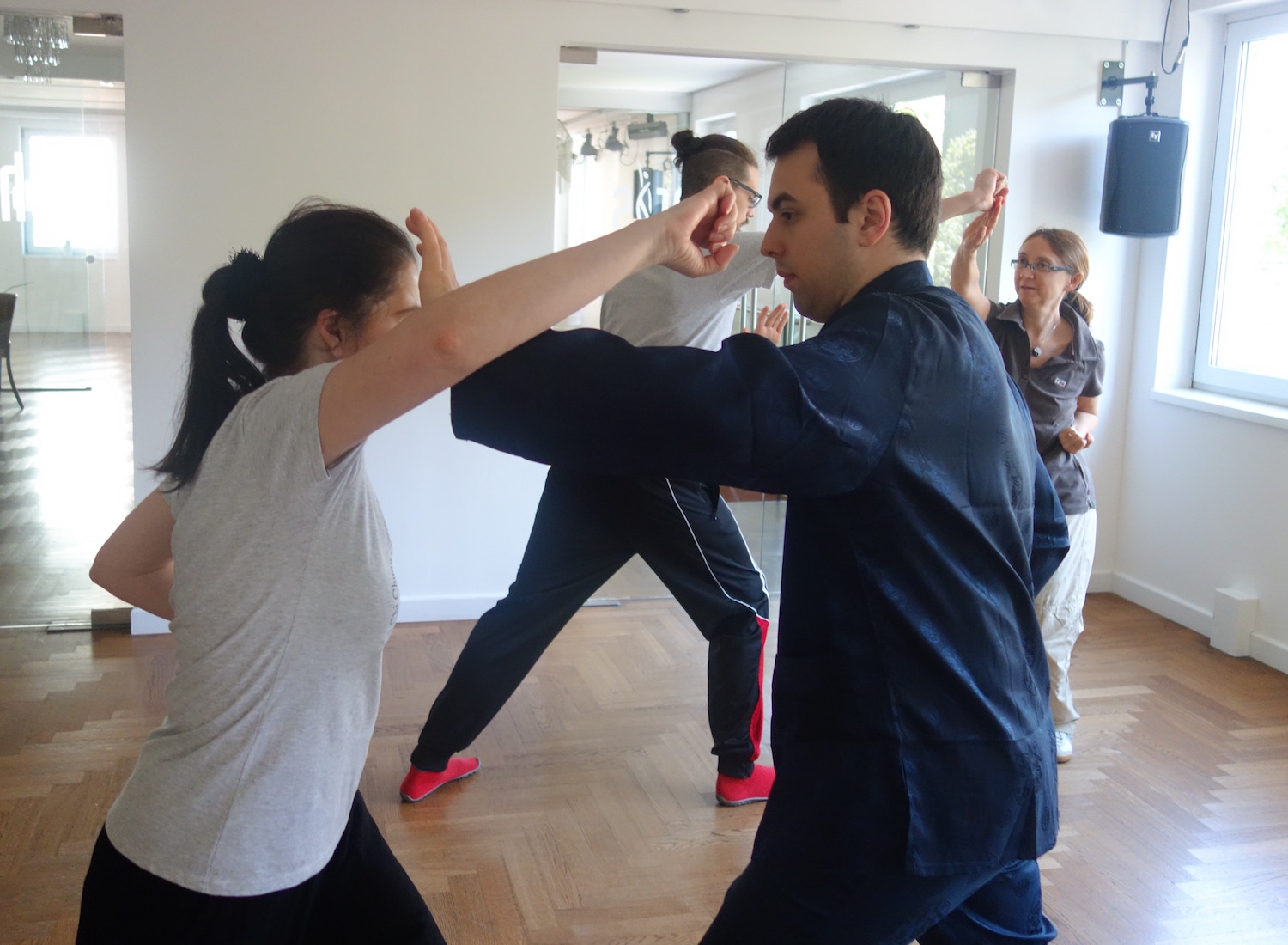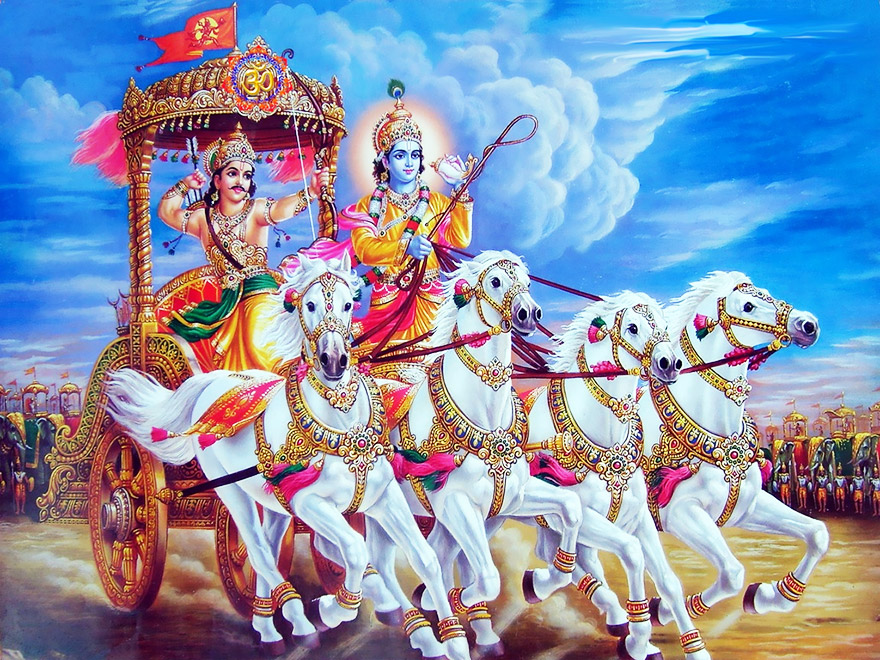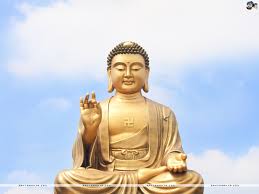SELECTION OF QUESTIONS AND ANSWERS
JANUARY 2019 PART 3

Grandmaster Wong was awarded "Qigong Master of the Year" at the 2nd World Qigong (Chi Kung) Congress
Question 1
Is it true that you have helped people overcome cancer? Cancer is considered an incurable disease.
— Henry, Indonesia
Answer
Yes, it is true. In fact, one of the main reasons I was awarded Qigong Master of the Year in 1997 in the 2nd World Congress of Qigong in San Francisco was because I had helped many people overcome cancer. The paper I presented at the Congress, chosen by the Congress for me, was Qigong: a Cure for Cancer and Chronic, Degenerative Diseases? A Global Interest.
Qigong, spelt as "chi kung" in English, not only overcomes cancer, but all so-called incurable diseases. From the traditional Chinese medical philosophy, all diseases can be overcome. The cause of all diseases is energy blockage, and practicing genuine chi kung clear energy blockage.
But I don't like to treat cancer; I take it as a duty. I prefer teaching kungfu and chi kung to healthy people. Now I am lucky, I can refer people suffering from cancer and other so-called incurable diseases to our certified chi kung healers, like Wong Chun Nga and Dr Foong who have produced very good results.
Question 2
My aunt has been suffering from depression for the past 2 years. I was thinking of telling her about your Intensive Chi Kung course, but doubt that she'd go. She lives in Chile and there are no instructors there.
I was thinking of recommending her to Smile from the Heart. I think that if she sees results with this, not only it would help her, but it could also convince her to take the trip.
— Alsonso, Italy
Answer
Tell her to smile from her heart. Just leave it at that. If she can't smile from her heart, or refuse to smile from her heart, don't teach her anything more.
Tell her that overcoming her depression, no matter how long it has been, is really easy, but she must make an effort to do so. Ask her to attend my Intensive Chi Kung Course. There will be one early next year. If she does not want to attend for any reason, it is her problem.

Kungfu is for fighting
Question 3
I noticed a comment from Sifu Chris Didyk in the Shaolin Wahnam Discussion Forum that in the Essence of Shaolin set there don't seem to be any phoenix eye fists, snake strikes or leopard strikes. I noticed through practice and the video that there is maybe one leopard pattern (Pattern 35 General Leads Horse) also one application with the snake hand (Pattern 28 Devil King Waves Fan).
As I remember you told us last year during the Intensive Shaolin Kung Fu course dinner that the inventor of the set was Hoong Hei Khoon, who learned Southern Shaolin Kungfu from the Venerable Chee Seen, who was the first patriarch of Southern Shaolin.
It is said that the Essence of Shaolin Set comprises the best of Shaolin techniques for combat. Dear Sigung, do you know why these hand forms and their techniques are not in the set
— Dimitri, Austria
Editorial Note: This question was asked before the Essence of Shaolin course, but is only released now because of a long waiting list. You can access the course here and here.
Answer
Chris is correct. There are no phoenix eye fists, snake strikes or leopard punch in the Essence of Shaolin set. Pattern 28, Devil King Waves Fan, uses a palm slap, and Pattern 35 General Leads Horse, uses level fists.
You must have remembered wrongly. The great Southern Shaolin master, Hoong Hei Khoon, did not invent the set. I believed the set was invented by his siheng, the Venerable Harng Yein, who was also the most senior and best of the Venerable Chee Seen's disciples. The Venerable Harng Yein was more of a missionary than a revolutionist. Hence, he was not so well known.
The Essence of Shaolin set comprises the best of Shaolin techniques for combat. It brings a practitioner to the level of the marvelous, which even masters may not attain. Once we are at the marvelous level, we may, if the combat situation warrants it, modify any established hand-forms.
Question 4
My sifu says that kungfu cannot be used for fighting. If we want to fight, we have to use Boxing or Karate. Is it true?
— Justin, USA
Answer
It is not true.
Kungfu, any kungfu, is for fighting. If a kungfu practitioner after practicing his art for some time and still cannot use his kungfu to fight, he can conclude that what he has been practicing is not genuine kungfu. He may lose to a better fighter, irrespective of what martial art the opponent practices or the opponent may not practice any martial art but has a lot of fighting experience.
If an opponent gives him a strike, a kick, a felling or a gripping attack, the practitioner must know how to defend against or counter it. Striking, kicking, felling and gripping are called the four forms of attack, and they include all attack. Kungfu, any kungfu, is complete. A kungfu practitioner can use his kungfu techniques against these four forms of attack.
Boxing and Karate, as well as Kick-Boxing, Judo, Aikido, Taekwondo, Muay Thai, Wrestling and Mixed Martial Arts are actually martial sports, not real fighting arts. As sports, they are protected by safety rules. You cannot, for example, kick a Boxer, grip the arms of a Karateka, or poke the eyes of a Muay Thai fighter. But you can kick, grip, poke the eyes or perform any form of attack on a kungfu practitioner.
Besides fighting, there are of course other benefits of practicing kungfu which can be transferred to daily living. Practicing kungfu, for example, calls for perseverance, quick reflexes and improves our daily activities. Good kungfu develops internal force, which enhances whatever we do. Great kungfu gives us spiritual joys, like making us happy and peaceful.
But genuine kungfu is rare today. Most kungfu practitioners today only perform external kungfu forms, or use other martial techniques for combat. Good kungfu and great kungfu are rarer still.

The Bhagavadgita, picture taken from https://www.bhagavad-gita.us/
Question 5
Here is a quick question regarding Buddhism and Hinduism. I know not too much about the intricacies of Buddhism, but I know that it is fairly similar to Hinduism. A lot of stuff done in Hinduism is also done in Buddhism, and Taoism and Shintoism too I believe.
— Nareshwar, India
Answer
Apart from monotheistic religions, like Christianity and Islam, all other religions are similar, though the names the followers refer to their gods and the rituals they practice may be different due to differences of culture, language, history, geography and other factors. Hence, Hinduism, Buddhism, Taoism and Shintoism are similar.
To go deeper, even monotheistic and polytheistic religions are similar, because what monotheistic religions refer to as God, followers of polytheistic religions also refer to it as the Supreme, called variously by different terms due to different factors. The Buddhists call the Supreme as Tathagata, often translated into English as Suchness, or the Spiritual Body of the Buddha. The Taoists call the Supreme Tao, or the Great Void. Hindus call the Supreme Brahman.
Please note that God referred to by followers of monotheistic religions is God the Holy Spirit, which is different from God the Father, who is in heaven, and different from God the Son, manifested in Christianity as Jesus Christ. This trinity concept is similar to the triple-body concept in Buddhism, expressed as the Spiritual Body of the Buddha, Reward Body of the Buddha manifested as numerous Buddhas in various heavens, and the Physical Body of the Buddha manifested as Siddhartha Guatama in our era.
In Bhagavadgita, the holy book of the Hindus, the Reward Body of Lord Krishna manifested in the Physical Body as a chariot driver, who told the king that everything there is belongs to Brahman, God the Holy Spirit.
Interestingly, the latest science is saying the same truth. Everything there is, is a universal spread of energy. We interpret the energy as different phenomena according to our different senses.
Question 6
However a lot of people seem to disapprove of these similarities and state that the few key points of similarity between the two are very scarce, that they are for the most part different fundamentally.
Answer
The above truth is known only to a very small group of people. The great majority, most of the followers of all religions, think that the world religions are different.
Many Buddhists today, for example, do not know that Buddhism came from India.

Many people may not know that Buddhism came from India
Question 7
A claim that helps further supplement this argument is that Buddhists don't believe/worship any specific gods, while Hindus do, which strikes me as off.
Answer
There are three traditions of Buddhism, namely Theravada Buddhism, Mahayana Buddhism and Vajrayana Buddhism.
For some reasons, much of information about Buddhism, especially in the West, comes from Theravada Buddhism. Generally, Theravada Buddhists do not worship specific gods, they believe in attaining Enlightenment, the highest goal in Theravada Buddhism, by following the Four-Noble Truths and the Eight-Fold Path.
Today, with the spread of Tibetan Lamas to the West, Vajrayana Buddhism has become popular. Vajrayana Buddhists believe in and worship many gods and goddesses like Yamantaka, Vaisravana, and Tara.
The largest tradition is Mahayana Buddhism, which is found in China, Japan, Korea, Vietnam and Malaysia. Mahayana Buddhists believe in and worship many gods and goddesses, or Buddhas and Bodhisattavas, like Julaifo, Amithaba, Guan Yin, Manjutsri, and Kshitigarbha.
Question 8
Along the similar practices done in both religions, I know that in Buddhism and Hinduism we both have 3 gods in common -- Buddha, Tara Devi, and Yamantaka. Could you help clarify this a bit, as to whether these claims others have made are true or false?
Answer
I speak from the Buddhist tradition I am most familiar with, i.e. Mahayana Buddhism.
There are many Buddhas and Bodhisattvas in Mahayana Buddhism, but the three most widely worshiped are Julaifo, Guan Yin Bodh Satt (Bodhisattva of Great Compassion) and Amitabha Buddha.
"Julaifo" is in Chinese, and it refers to the Spiritual Body of the Buddha, not to Guatama Buddha.
If you have any questions, please e-mail them to Grandmaster Wong via his Secretary at stating your name, country and e-mail address.
LINKS
Selected Reading
- On God, Buddha and Immortals
- Can Chi Kung Cure Cancer?
- Taijiquan Techniques against Muay Thai Round House Kicks
- Butterfly Knives
- Fun Time in Disney World
